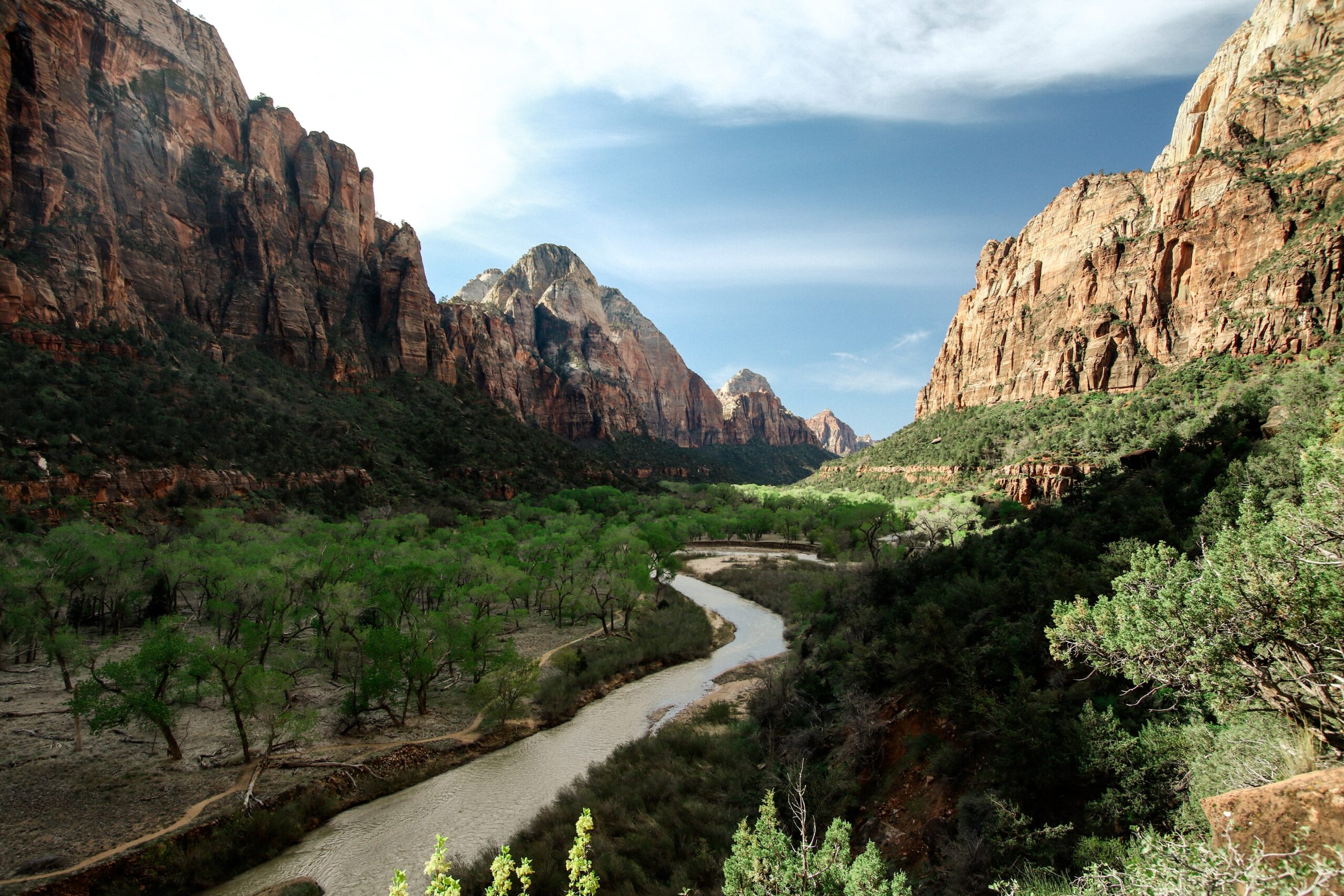
The Land and Water Conservation Fund, one of America’s most popular pieces of conservation legislation, has been underfunded since the day it passed into law. But that may be about to change. The Great American Outdoors Act, introduced in the U.S. Senate this month, would fully fund the LWCF with $900 million every year into perpetuity. While the LWCF has some drawbacks—namely, the lack of emphasis on maintaining our existing public lands—passing the act would be a landmark commitment to long-term conservation, and conservationists ought to consider where exactly that funding will come from in the decades ahead.
Historically, the LWCF has been primarily funded by the development of offshore energy resources, oil and gas in particular. But as fossil fuel extraction falls out of favor, the LWCF may need to rely on other sources of offshore energy revenue. Offshore wind may one day need to supplement, or replace, fossil fuel funding for the LWCF.
How much federal revenue could offshore wind generate? The technical energy potential of winds off the U.S. coast is titanic—about 2,000 GW, or nearly double the amount of energy the entire country uses today. But the latest projections suggest that it will take a long time to realize offshore wind’s potential, so funding for the LWCF will probably depend on oil and gas revenue through at least 2050.
To see why, it’s important to understand the different fees energy developers pay the federal government to develop offshore energy resources. These are the revenues that currently sustain the LWCF and a myriad of other funds and programs.
First, developers bid for leases to tracts of property in auctions held by a federal land agency—in the offshore context, the Bureau of Ocean Energy Management. Whichever company wins each auction pays the winning bid—called a “bonus bid”—and then begins paying rent on the number of acres in their lease. Once a developer begins to produce and sell a resource from their lease, they pay the federal government a cut of every unit they produce, called a royalty.
Of these three revenue streams that fund the LWCF, royalties are by far the largest. In 2019, offshore fossil fuel energy royalties totaled $5.0 billion, 84 percent of the total $5.9 billion in offshore energy revenue. Bonus bids and rental payments together provided the other 16 percent.
Offshore wind royalties so far have generated zero dollars, since no project is far enough along to generate energy. But in theory, such projects could generate huge returns in the long run. At the current royalty rate of $5,010 per MW, harnessing all 2,000 GW of technically recoverable offshore wind energy would generate more than $10 billion per year in royalties. Building that much wind capacity is far beyond America’s foreseeable needs, grids’ load-balancing capabilities, and any realistic time horizon. But in the long run, it sets an upper bound for royalty revenue.
In the next few decades, though, it is unlikely that wind energy will fully fund the LWCF. By 2030, the most recent report on offshore wind’s development trajectory estimates that the United States might be able to install 20 to 30 GW of capacity—and that’s under a rapid deployment scenario. That would amount to a thousand-fold increase compared to today—incredible growth, but even if every turbine is built on federal waters, at the current royalty rate of $5,010 per MW, that would only generate between $100 million and $150 million in royalties, or just 17 percent of full annual funding for the LWCF.
By 2050, the U.S. Department of Energy’s “Wind Vision” report estimates that, based on projections for the growth of wind energy, offshore capacity could grow to 86 GW. Assuming that’s true, at current royalty rate, that would yield $431 million in royalties—almost halfway to fully funding the LWCF.
Of course, royalties are not the only type of revenue that wind energy will generate that can fund the LWCF; bonus bids and rent can contribute as well. And today, wind energy bonus bids are extraordinarily high. In 2018, three record-breaking wind leases each sold for $135 million, bringing bonus bid revenue to $472 million, equivalent to over half of a fully funded LWCF. In 2019, bonus bids again broke $400 million.
But high bids like these are unlikely to continue to 2050 since the most productive leases will be purchased early on and companies will satiate their desire for new ones. As more capacity is installed, rent and bonus bid revenue will likely decrease relative to royalties, as they have for fossil fuel energy resources. For argument’s sake, even if bonus bids and rent are equal to royalty revenue in 2050, wind still won’t be able to fully fund the LWCF in the Department of Energy’s forecast of future development.
So it looks like wind energy probably won’t single-handedly fund the LWCF for at least 30 years, which means that the Great American Outdoors Act will continue to rely in large part on oil and gas revenue.
As a result, it’s clear that fully funding the LWCF permanently will present challenges. Fossil fuel development is increasingly under attack due to concerns about climate change. As policymakers seek permanent funding for conservation and recreation, the challenge will be to find other, more dependable funding sources to sustain outdoor recreation and conservation—perhaps by involving outdoor enthusiasts themselves.



